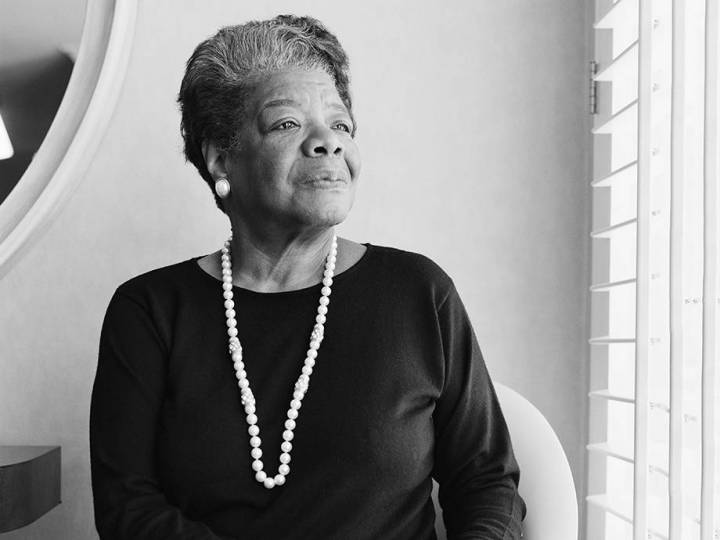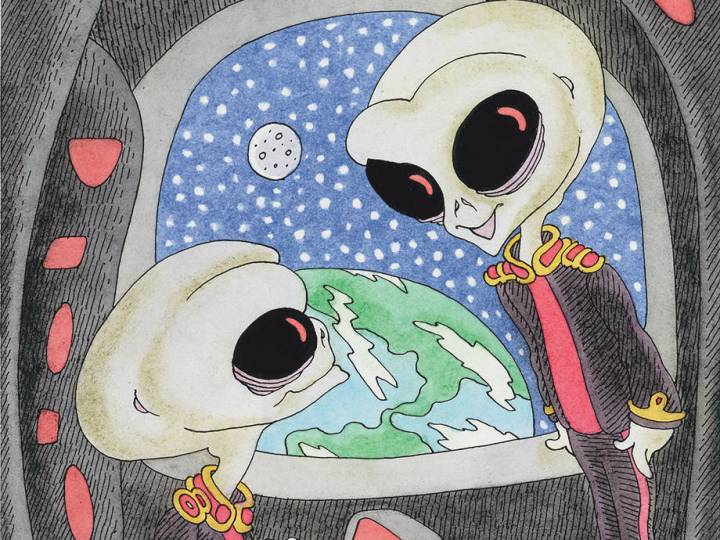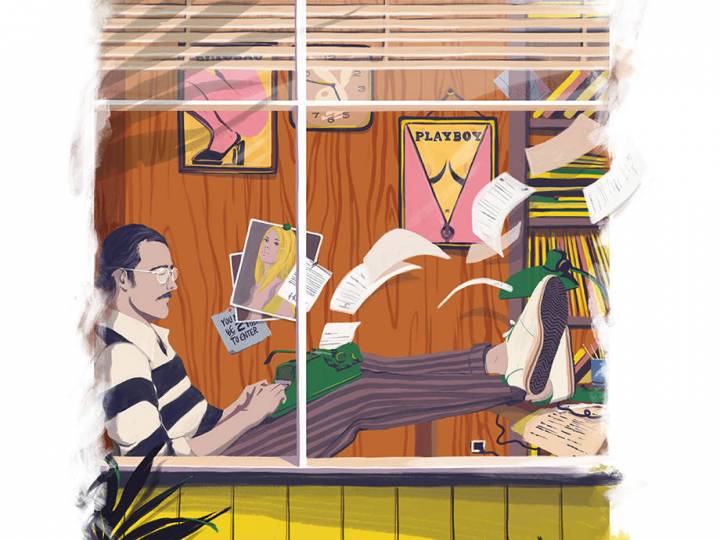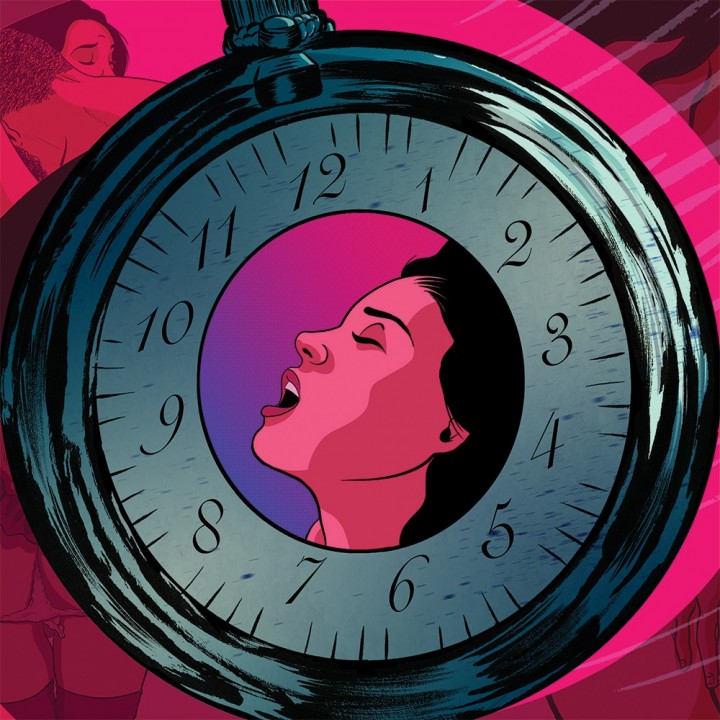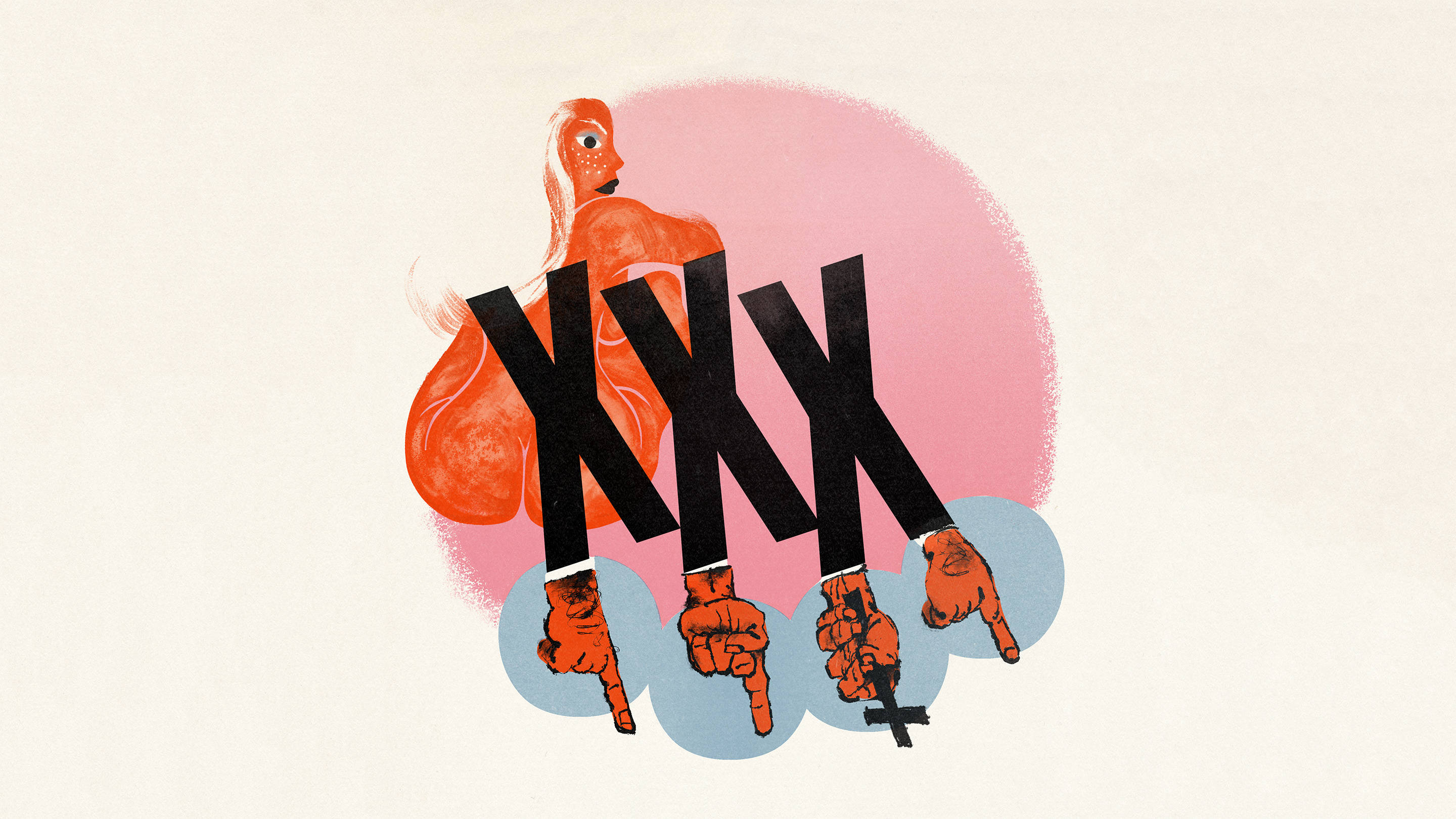
Defying the Anti-Porn Police
Is sex a menace to society? Recent social media purges are eerily evocative of Reagan-era censorship
Last November, Apple’s App Store removed Tumblr from its digital shelves after concerns arose that objectionable images, including child pornography, were slipping through the blogging platform’s content filter. Within a month, all of Tumblr’s explicit adult material had disappeared from public view. The concerns were serious and legitimate, but the rush to purge exploitative items from the site also ensnared vast swaths of perfectly healthy sexual content.
The 1980s were a cultural battleground, a time when misinformation frequently combined with moral panic to great inflammatory effect. Remember the Parents Music Resource Center, the coalition that took on the music industry in 1985 to protect kids from what it believed were inappropriate lyrics? Having labeled a Twisted Sister song pro-rape, PMRC co-founder Tipper Gore must have been surprised to hear singer Dee Snider testify in a Senate hearing that he was in fact a faithful Christian and that “Under the Blade” was actually about the fear of surgery. “The only sadomasochism, bondage and rape in this song is in the mind of Ms. Gore,” he said.
At the time, fundamentalists and other anti-porn activists were fighting to control the public image of sex—to put the hard-won sexual freedoms of the 1960s and 1970s back in the box. The so-called religious right was on the rise and had a friendly audience in the White House: “We consider pornography to be a public problem,” said Reagan in 1984. In May 1985, Reagan’s attorney general, Edwin Meese, troubled by the rise of cable television, video recorders and dial-a-porn phone sex, among other developments, called for a re-examination. “Pornography now is available at home to almost anyone,” he said.
“Commission investigators went out of their way to locate anti-pornography witnesses, sometimes even going so far as to help write the statements of victim witnesses.”
Playboy publisher and editor in chief Hugh Hefner stood firmly in opposition to the commission, whose efforts he called a “witch hunt.” The commission "trundled out a parade of born-again basket cases, anti-sex feminists and fun-hating fundamentalists,” he wrote in a January 1986 editorial. (Hefner was far from the only critic of the commission; other prominent detractors included feminist Betty Friedan, novelist Kurt Vonnegut and actress Colleen Dewhurst.) Many of those who gave testimony at the hearings seemed to advance the domino theory of porn—that a single exposure would lead to a growing appetite for the bizarre, the violent, the perverse. One born-again Christian claimed he went from seeing a deck of pornographic playing cards at the age of 12 to shoplifting copies of Playboy from the local grocery store to engaging in bestiality with the family dog.
Barry Lynn of the American Civil Liberties Union noted a distinctly conservative bias across the hearings. He calculated that of the 208 witnesses, “at least 160 (77 percent) were urging tighter controls over sexually explicit material,” including law enforcement officers, elected officials, representatives of anti-porn groups and several prominent anti-porn activists. “Only two persons who might be characterized as avid consumers of the material stepped forward to testify,” Lynn reported. “Commission investigators went out of their way to locate anti-pornography witnesses, sometimes even going so far as to help write the statements of victim witnesses.”
Without due process, the magazine had effectively been declared obscene.
This, Hefner declared, was “sexual McCarthyism,” a term he popularized. The hysteria of the Reagan administration, Hefner argued, was akin to the infamous Red Scare tactics of Senator Joseph McCarthy of the House Un-American Activities Committee. In 1950 McCarthy had proclaimed that he had the names of supposed Communists serving in the State Department and compiled blacklists of suspected “Reds.” A pamphlet called Red Channels outed entertainers who worked with people on the blacklist; fellow travelers were made out to be as traitorous as alleged Communists. To Hefner, the parallels with the Meese commission were glaring: It was “trial by headline—unsupported by evidence, unchallenged by cross examination or witnesses for the defense—it is not due process. But it is the method of the Meese commission as it was for McCarthy.”
In the 1980s, this tactic evolved: Now representatives of the state were choosing depictions of acts that all Americans could agree were wrong and then widening the definition of “wrong” to include virtually anything the crusaders found offensive.
For three years, the Southland Corporation, a major operator of 7-Eleven stores, treated Wildmon as the nuisance he was. Then, perhaps with visions of McCarthy waving a list of supposed Reds, Wildmon gave the Meese commission his enemies list, proclaiming that Southland was among “the leading retailers of porn magazines in America.” In February 1986, Alan Sears, executive director of the commission, mailed an ominous letter on Justice Department stationery to the heads of many businesses. The commission had “received testimony alleging that your company is involved in the sale or distribution of pornography,” the letter read. “This commission has determined that it would be appropriate to allow your company to respond to the allegations prior to drafting its final report section on identified distributors.” What Sears didn’t mention is that the testimony came from one of the commission’s own members.
With its none too subtle “Are you now, or have you ever been” tone, the letter intimidated executives of Southland, Peoples Drug Stores, Rite Aid and others into pulling Playboy and other magazines off their shelves.
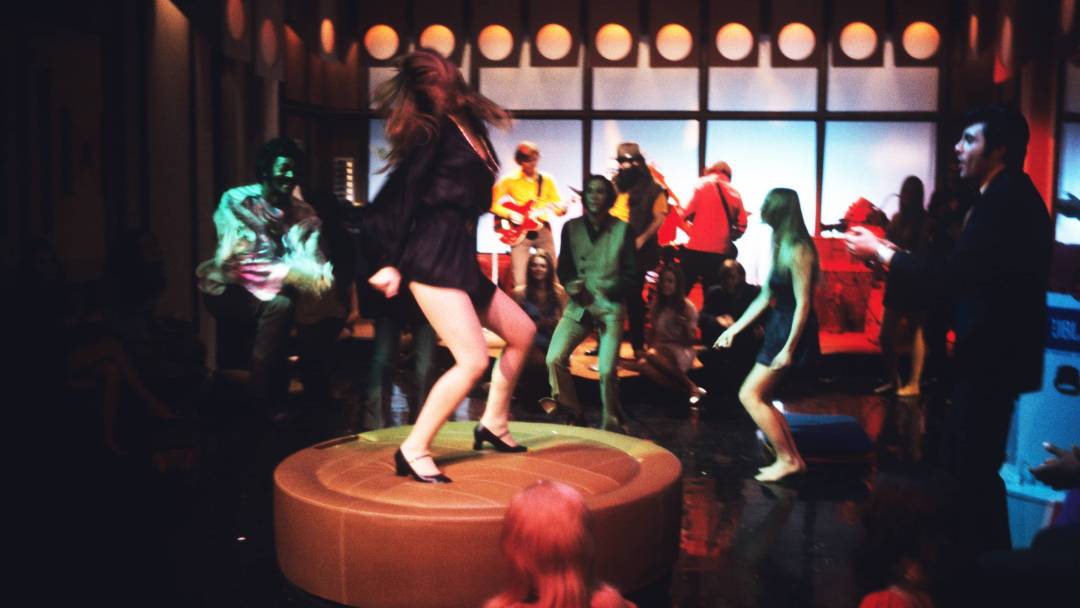
Playboy After Dark: Welcome to Hef’s Party
The host with the most invited viewers into his (faux) home for intimate parties and performances
Playboy took its objections to court, filing a lawsuit against Meese, Sears and other members of the commission. The American Booksellers Association and the Council for Periodical Distributors Association soon joined the suit. In July 1986, the case was decided in Playboy's favor. “A deprivation of a First Amendment right, that is a prior restraint on speech, a right so precious in this nation, constitutes irreparable injury,” ruled the federal judge.
The Meese commission apologized for the Sears letter, declaring publicly that Playboy was not obscene, and it refrained from including a blacklist of supposed offenders in the final version of its report (which, we like to remember, Meese presented to the public while standing before a bare-breasted statue of Justice). But it is notable that a draft version of the report contained, along with Wildmon’s blacklist, disturbing proposals for the creation of citizen groups that would monitor stores and networks for evidence of obscene material—in other words, morality police.
Efforts like those of Tumblr and the Meese commission may start with noble objectives—eradicating child porn, preventing sexual slavery and violence—but they can easily slide down a slippery slope into a cultural totalitarianism under which morality is policed and sexual content is indiscriminately suppressed. All Americans must stay vigilant against such censorship. Nothing less than our personal freedoms are at stake.


